Road Buying Guides
Author: Darren Mallard Date Posted:8 March 2022
Road bikes are one of the simplest forms of bikes on the market. No suspension or complicated setting, just two wheels, a frame and come gears. That doesn't mean there aren't some different variations. Road bikes are available in Performance Road (aero or lightweight climbers), Endurance/All-Road Bikes, Gravel and Adventure/Touring bikes. They all have their pros and cons regarding the style of riding you are looking to do.
Along with the different styles of bikes, there are also other types of frame materials and component levels to consider. There are a lot of things to consider, and it can be overwhelming.
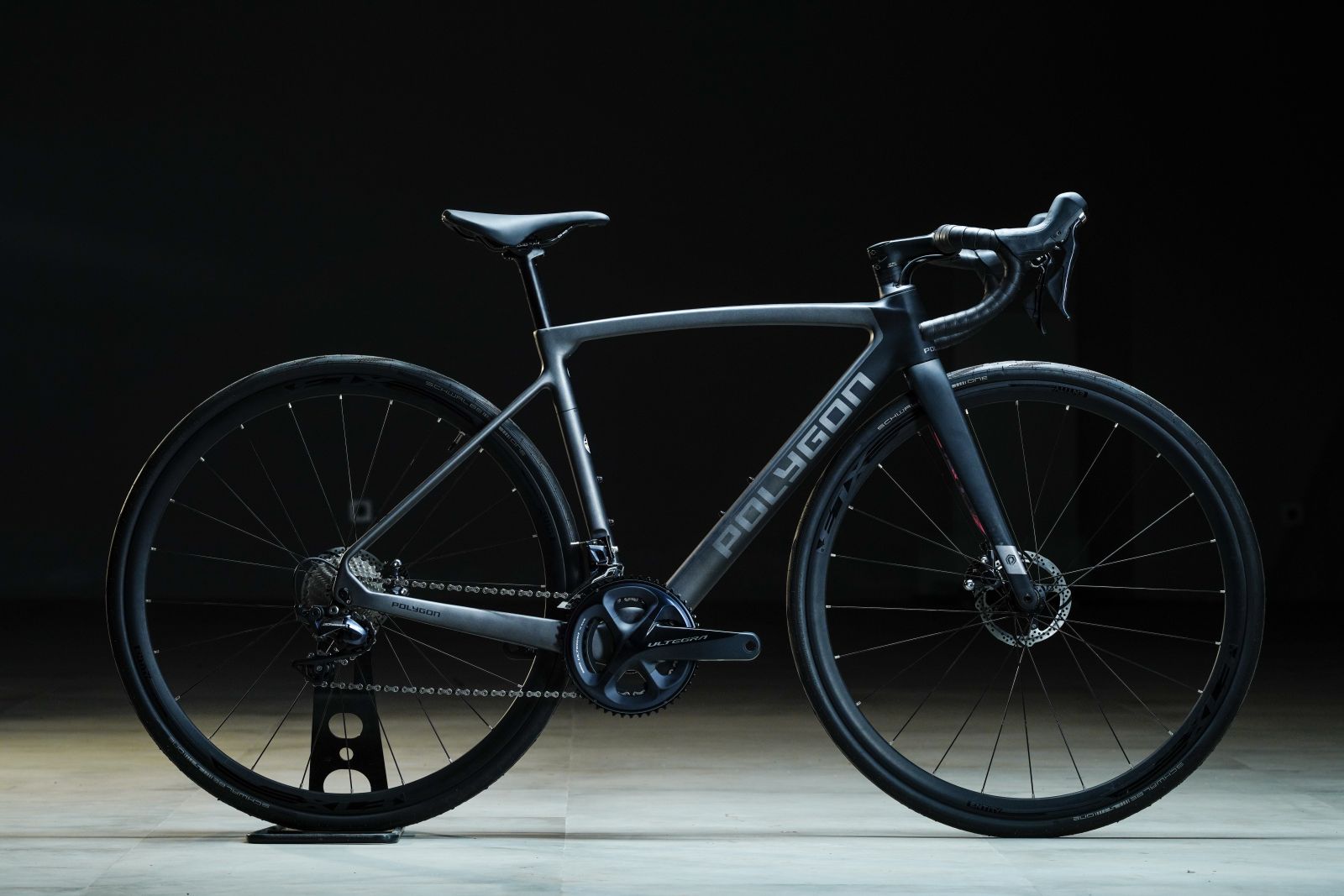
Road Bike Weight
On-road cycling, one crucial factor is the bike's weight, as this requires more or less effort from the rider to reach the same speed or travel the same distance.
Having a heavier frame and heavier componentry on alloy road bikes dictates that these bikes weigh around 9.5kgs (Shimano Claris) and 8.8kgs (Shimano 105).
Carbon frames get much lighter but also better and lighter componentry that helps minimise the overall weight. Having a road bike weighing 7.8kgs (Shimano 105) down to 6.9kgs (Shimano Dura-Ace) means that you require less effort to keep up with your riding mates and still have some spare in the tank for that quick getaway.
Why should I get a Carbon or alloy road bike?
If you already cycle and want to improve your fitness level or do longer rides, a carbon frame will be a natural upgrade to your bicycle history. Even if you're not a road cyclist but want to invest in a bike that will last a few years without needing to replace parts or getting a new bike, a carbon bike might be an excellent option for you. By jumping on the Carbon frame bandwagon, you will have a bike with quality components, lightweight and incredible performance. They will fit right into club races or put a big smile on all weekend warriors who just want a comfortable yet fast road bike to "race" their friends.
The lighter frame and the added compliance to road vibrations make this a sure bet for cyclists who want to improve their comfort on the bike, like a lighter bike to ride faster or start riding for longer distances (more than 60km/2hours riding).
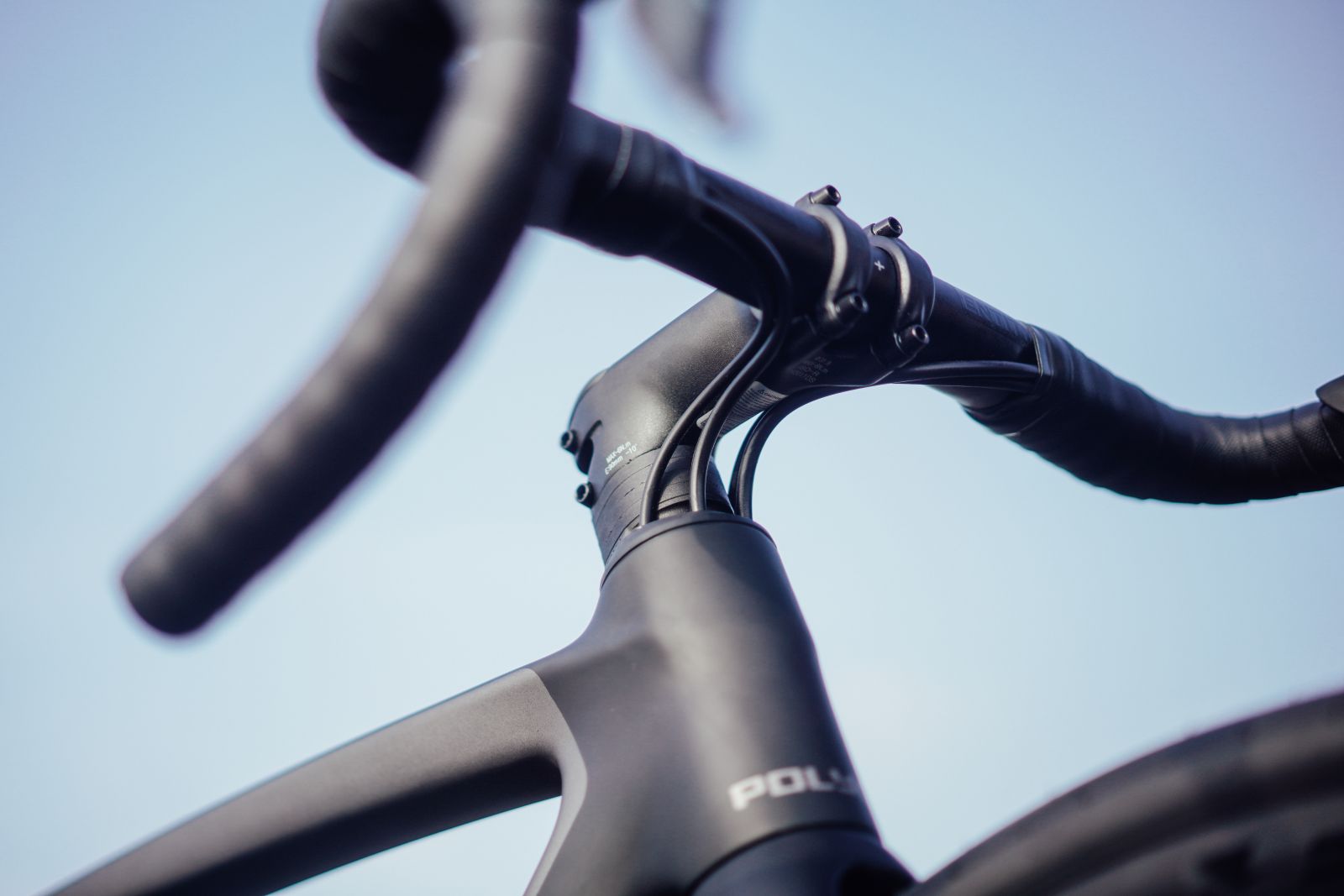
ACX, Advanced Carbon Technolgy uses a combination of T700, T800 & T1000 Toray with Hi-Modulus M-Series. It utilises semi-monocoque technology to create each top/headtube, which is bonded with the down/seat tube to create a single front triangle. It takes advantage of both tube-to-tube and also monocoque constructions by being both stronger & lighter - resulting in a frame weight below 900grams.
If you are just starting cycling and are unsure of how much you will like it or not, an alloy frame won't drain your bank account and will keep the financial advisor happy for a bit longer.
This does not mean that you will have an inferior bike, a slow bike or something heavy as that will drain all your energy every time you're challenged by an uphill. Nowadays, alloy frames are fairly light. The increased stiffness of the Alloy gives a better power transfer (or less power loss). Despite not being the most compliant material to road vibrations, having an endurance geometry will have you sitting slightly more upright, adding comfort to your ride.
Alloy is also excellent in terms of durability against impacts directly to the frame, where the paint might crack, the frame might present a small dent, but the frame integrity will remain the same. You won't feel any difference in performance.
ALX is a combination of optimised material composition, forming and heat treatment processes. It is produced by utilising advanced FEA (Finite Element Analysis) for precise construction and triple butting profile. The frame is lightweight and stiff.
All Polygon road bikes come with Carbon forks and steerer tubes.
Level of Componentry
Another frequently asked question when searching for a new bike is the level of componentry on each bike and how it will impact the bike's performance and weight.
ll Polygon Road Bikes are equipped with Shimano gearing, allowing for precise shifting, great value for performance, easy to upgrade, and can be serviced in virtually any local bike shop.
Shimano's gearing lineup accounts for 6 different groupsets to fit the size of any wallet and riding style. From most affordable to most expensive, we have:
.jpg)
Shimano Claris
This is the entry-level groupset featured on road bikes under $700 and is aimed at beginners who want reliability with a small price tag. It offers 8 speeds in the cassette and a double or triple crankset option.
Shimano Sora
The Shimano Sora groupset saw in 2014 a great addition to its features, making it an exciting upgrade for beginners who can afford an extra $150 when buying a new bike. This groupset counts now with fully integrated gear and brake levers that enable a more ergonomic fit while riding, the same as the most expensive groupsets in the Shimano lineup.
It comes in a 9 speeds configuration with a double or triple crankset option.
Shimano Tiagra
Tiagra's the last "entry-level" groupsets, but it's far ahead of the previous ones. You can spot this groupset on under $1000 road bikes and commuters. Aimed at riders looking into improving their fitness levels, it's a durable and reliable groupset.
It comes in a 10 speeds configuration with a double or triple crankset option.
Shimano 105
Moving up on Shimano's lineup and getting more performance-oriented, we find the perfect balance between value and performance. You can find this groupset on alloy road bikes for just over $1000 or even on Carbon road bikes valued at over $1600.
It shares some technologies and innovations from its bigger brothers (Ultegra and Dura-Ace) allied with outstanding stiffness and lightweight and low maintenance. It's the perfect groupset for someone looking into a club race, training bike or lightweight commuter.
It comes in an 11-speed configuration with a double crankset option.
Shimano Ultegra
Known to attract riders looking for the best performance and a friendly price tag, we find the Shimano Ultegra groupset. With a big focus on performance and lightweight, this groupset has a lot of features from Dura-Ace.
There is a version with Di2 (electronic gears) which narrows the differences to the Dura-Ace groupset and just makes gear shifting effortless and dead accurate (it also tunes itself by a push of a button).
It comes in an 11 or 12-speed configuration with a double or triple crankset option. However, Di2 only allows for a double crankset.
Shimano Dura-Ace
Shimano's flagship and winner of many professional races, used by the majority of Pro Tour teams. You can find this groupset paired with the best in bike components, wheels and nothing less than a full carbon frame. It's the ultimate upgrade to make your bike as lightweight and performance-driven as it can be.
Like the Ultegra groupset, Dura-Ace also has a Di2 version that just makes everything even better. With a long-lasting battery that lasts something like the Tour de France, Dura-Ace Di2 is the dream of every rider that aspires to win a race.
Bike Styles
Performance Road Bikes
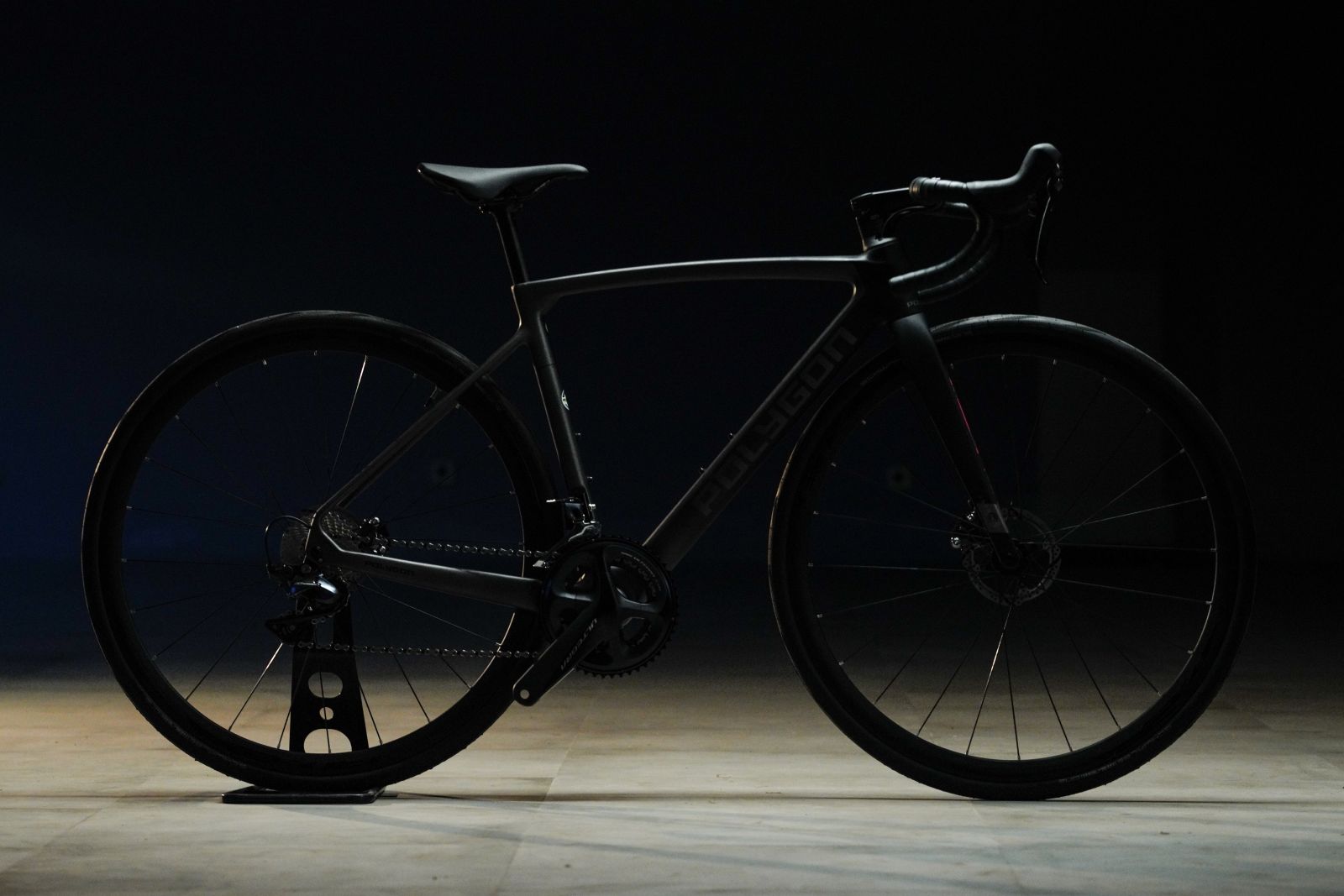
Performance road bikes are exactly what they say on the box, road bikes designed for performance riding. These bikes often use carbon fibre frames due to the tuneable ride feel and the high strength to weight ratio. There are two main types of performance road bikes, lightweight climbing bikes and aero race bikes.
Lightweight climbing bikes prioritise a low weight and extra thin tubes for comfort. The carbon layup is optimised for stiffness under power (lateral) but compliant for comfort when in the saddle(vertical).
Thanks to this lateral stiffness, the bike just wants to lunge forward when out of the saddle and put the power down. The vertical compliance makes it easier for riders to spend hours in the saddle while tackling the steepest hills.
Aero road bikes are designed to slip through the air with minimal resistance. Their tubing is thick and shaped like an aeroplane wing. On flat ground, they maintain a higher average speed with less effort. That is why you will often see them being used in flat road racing like Criteriums.
Because of the thicker tubes and aerodynamic components, an aero bike can weigh a little more than the climbing frames. The frames are also stiffer, so all of the input is efficiently transferred to the rear wheel when riders sprint or put the power down. One downside to the more rigid frame is the reduced comfort. A lot more of the terrain is felt through the seat and handlebars.
Alloy frames do exist for more wallet-friendly prices. They are heavier than carbon frames. However, they are more durable and can be stiffer. The durability is a big plus for commuters leaning their bikes against poles and putting them in racks. Because alloy frames can be tuned due to the material properties, they are often less comfortable. Carbon forks are usually specified to reduce vibrations getting transferred to the handlebars.
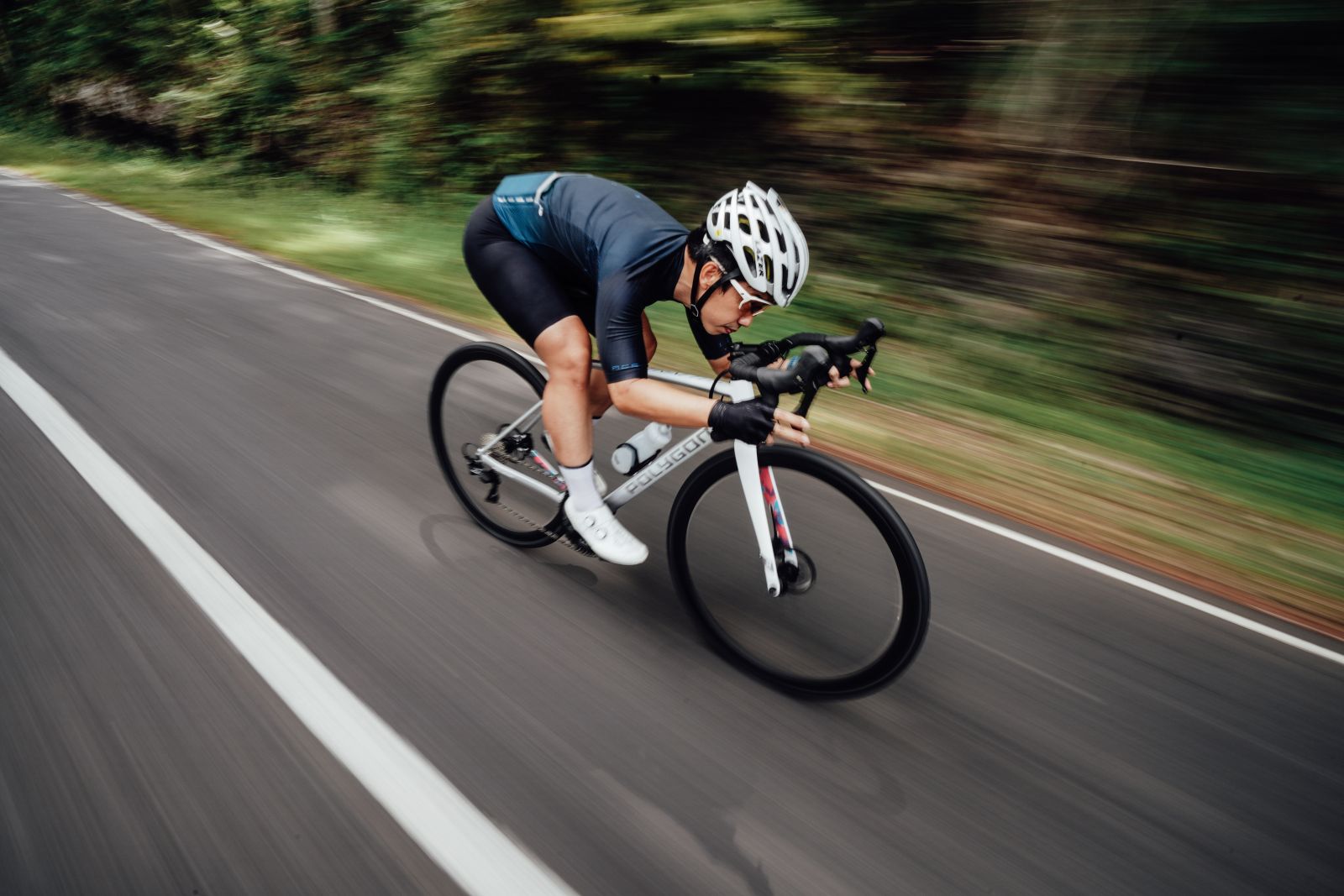
The rider position is optimised for performance, and the bike is designed to be agile at speed. The lower front ends and fast steering can put them off from buying a road bike for some newer riders. The agility can take a bit of time to get used to and can be dangerous for some riders. The above characteristics are the main reason most new riders end up on Endurance/All-Road bikes.
.jpg)
All-Road/Endurance
Endurance or All-Road bikes have a taller front end, a longer wheelbase and relaxed geometry for a more leisurely ride. They will sit the rider in a more upright position and allow a rider to relax while riding. The added stability from the longer wheelbase and relaxed geometry help a rider just pedal and enjoy the ride.
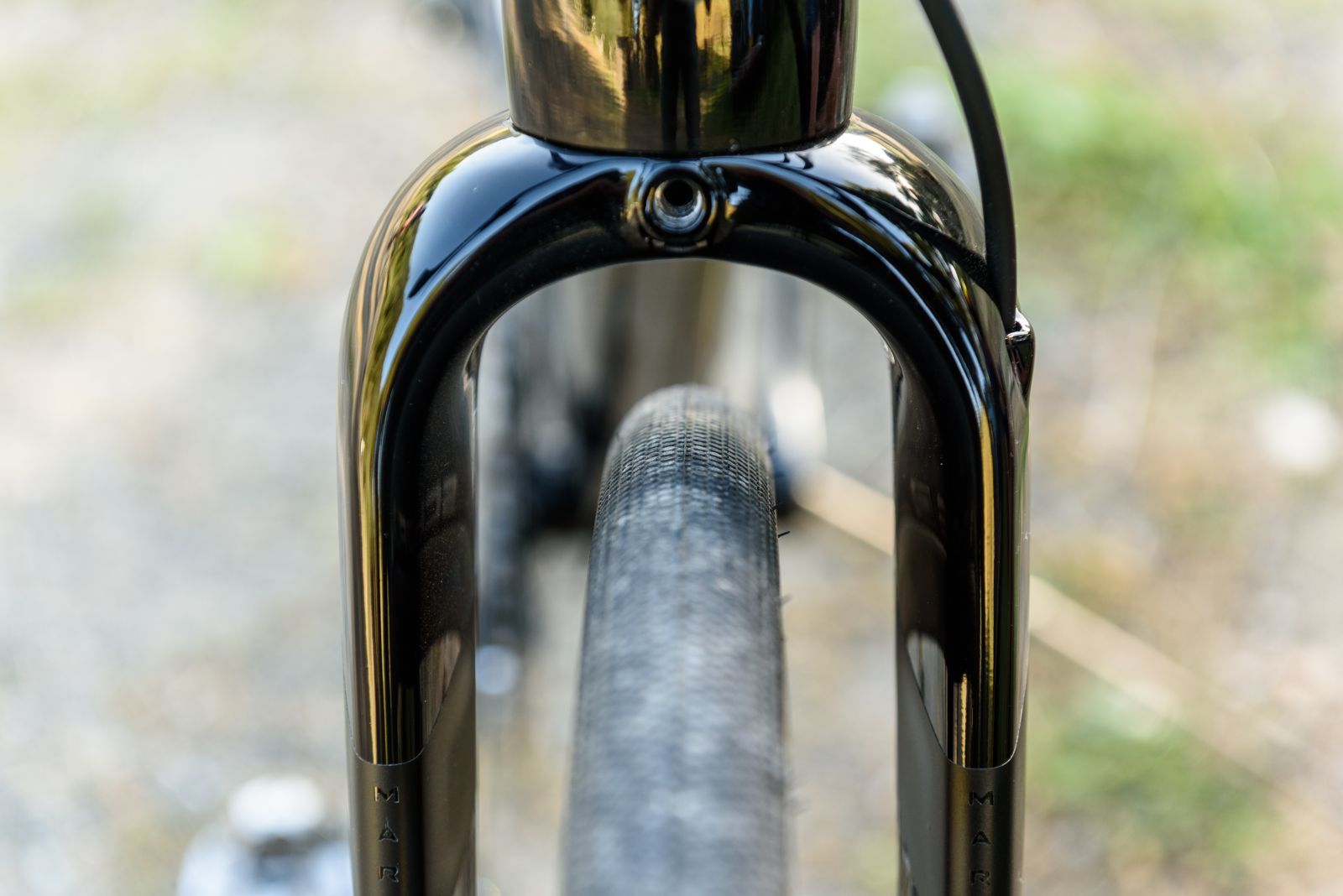
Wider tyres, ergonomic components and built-in flex on the frame lead to these bikes riding like a cloud. Extra comfort allows riders to ride longer and explore places with rougher terrain. Designed around comfort, you can ride for hours without any issues.
Available in carbon or Alloy, there are plenty of options when it comes to frame styles. Alloy is the most popular choice for riders looking to explore off the beaten path or need reliability for commuting. Carbon will save weight and have added comfort. However, Carbon frames cost more.
Due to the wider tyres not fitting through traditional rim brakes, disc brakes are commonly seen on these bikes. Disc brakes are more reliable in all weather conditions, aren't affected by mud on the wheels and require very little maintenance. Perfect for those people who just want to get out and ride.
Gravel
Gravel bikes are designed for rougher unsealed roads in the backcountry. Designed with bigger 45mm wide tyres with knobs for traction, lots of vertical compliance for shock absorption, and an ergonomic seating position, gravel bikes are the swiss army knives of road bikes.
They are built to be abused with disc brakes, strong wheel and tubeless tyres. Gravel bikes are designed to be reliable, so you spend less time fixing your bike and more time adventuring. Disc brakes are powerful and reliable in all weather conditions. Even if you get rained on, you can be relieved you will always be able to slow down. Hitting potholes or random debris on the road is no problem, thanks to the stronger rims and thicker spokes. Reliability is vital for an enjoyable gravel bike advantage.
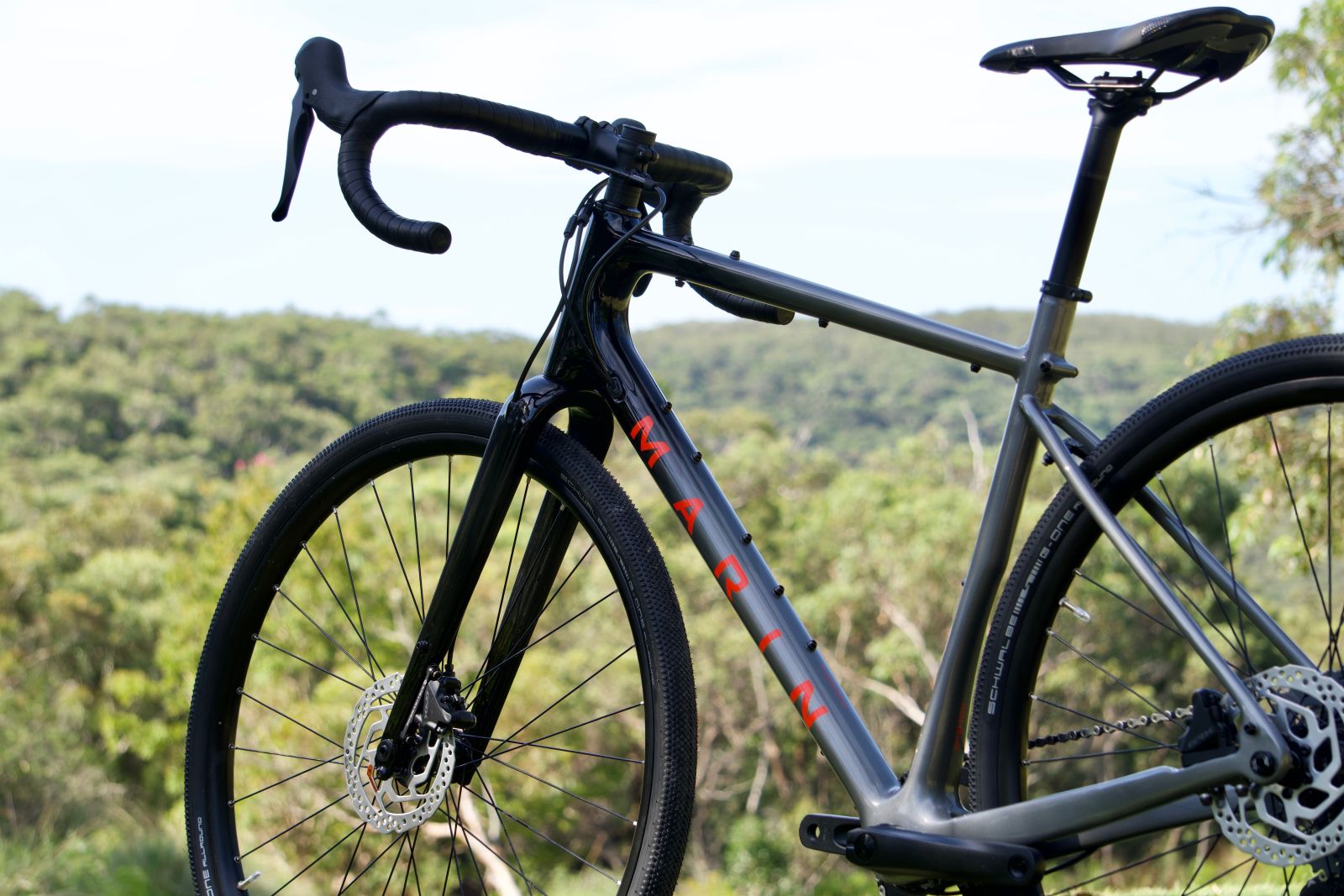
Due to the reliability and enjoyable ride qualities of Gravel bikes, they are extremely popular as commuters. You can attach racks and bags for commuter or multi-day bike trips. The ergonomics reduce fatigue, so getting to and from work is a breeze. If you want a more efficient ride, you can fit narrower, smoother tyres but, you will sacrifice some comfort.
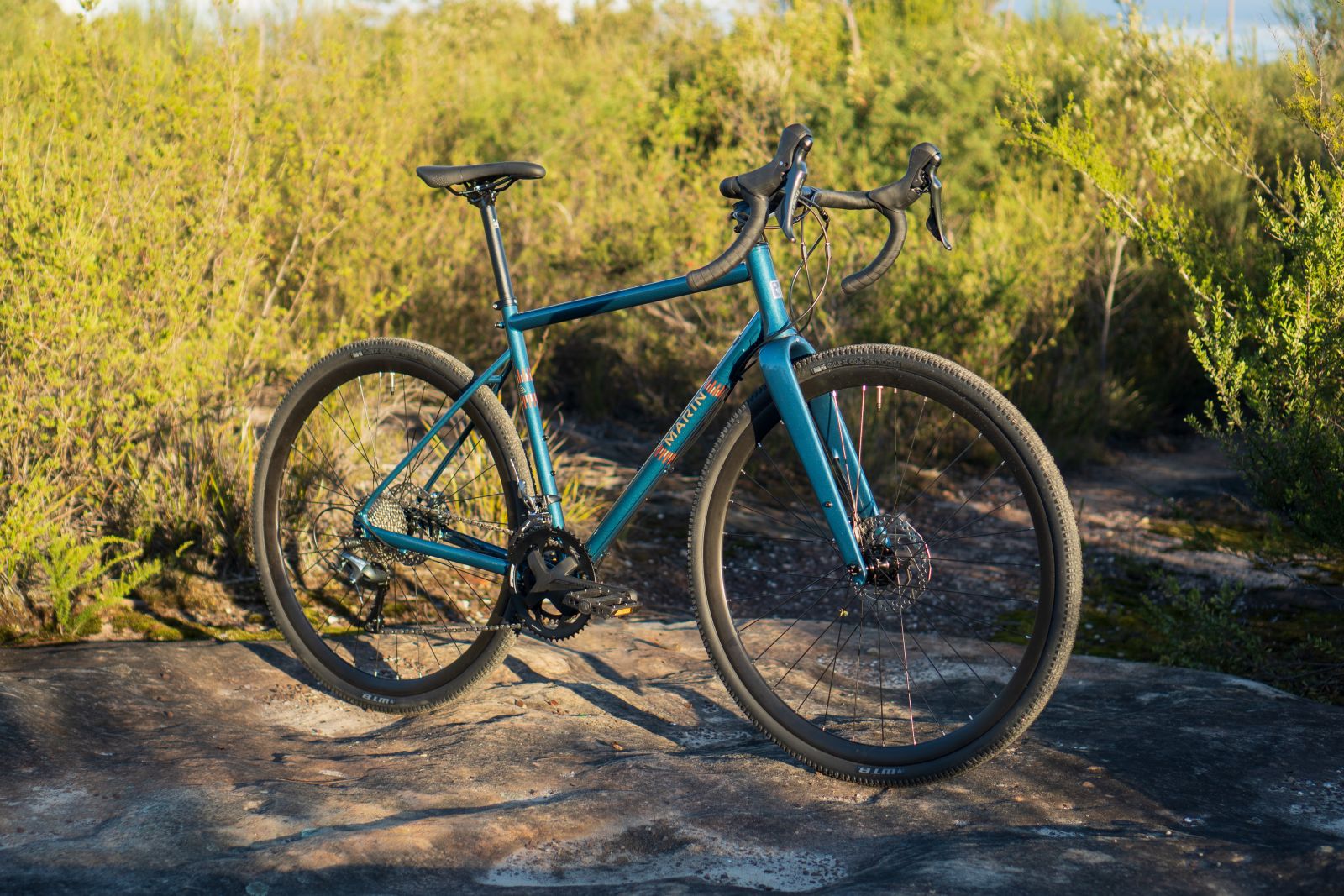
Touring and Adventure
Touring or Adventure bikes are primarily designed for comfort and spending a lot of time in the saddle. Usually, they are made using steel due to the materials strength and vibration dampening properties.
Touring bikes have mounts everywhere for bags and water bottles. They are designed to carry everything you need for big trips. When fully packed, they are heavy. To combat this, touring bikes come with a wide range of gears, so you never have to work excessively.
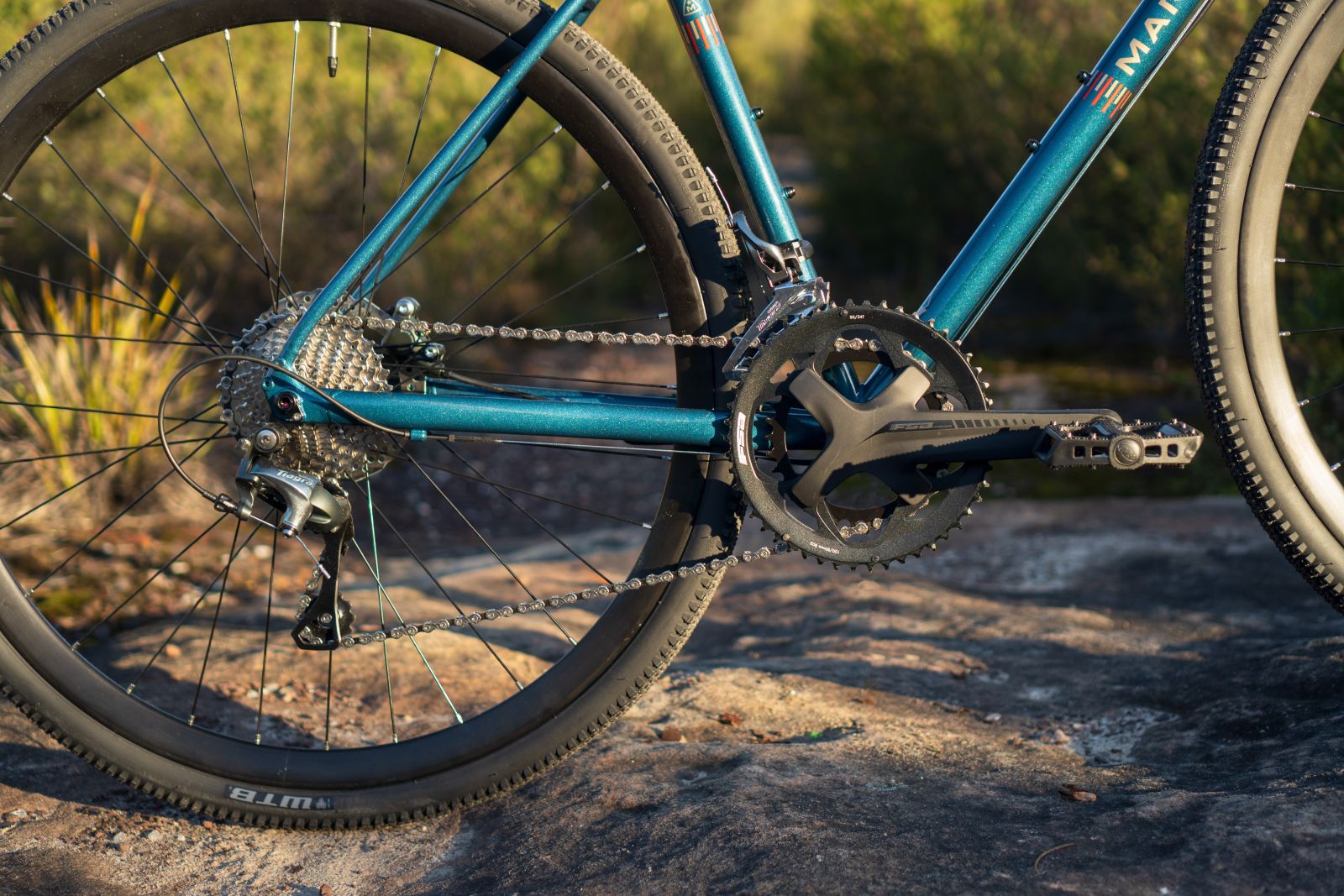
Basic components are specified so they can be available at any location. Wider tyres are selected for comfort and to protect the rims from damage. Powerful disc brakes are needed to slow the heavier bikes down on descents. And handlebars are wider with ergonomic curves so riders can have more hand position and comfort.
These bikes are specially designed for a purpose. Still, they are also popular for commuting or replacing the car due to their useability. The relaxed position is comfortable, and if you want to meander to work and back, these bikes are perfect.
SHOP ADVENTURE AND TOURING BIKES HERE
Component Breakdown
SHIMANO
Claris
Claris is Shimano’s entry-level group intended for beginner and recreational riders. It comes with a 2×8 drivetrain, but there’s a 3x crankset option available as well. The latest R2000 series includes dual-pivot brake callipers, with no disc-brake options available. Claris is the heaviest group as well, using steel, heavy alloys, and plastic in manufacturing.
Sora
The Sora groupset received an overhaul in 2017 with new shifters, brakes, and redesigned rear derailleurs that now look more like higher-end groups. Sora has adopted some technology from higher level groupsets as well, so the R3000 series offers smooth and reliable shifting. It features 9 speeds on the cassette (up to 11-34), paired with a 2x (compact) or a 3x crankset. Its only downside is the 9-speed setup that leads to bigger jumps between gears.
Tiagra
In terms of shifting and aesthetics, the latest Tiagra 4700 sits very close to the Shimano 105 group. However, Tiagra is still a 10-speed group built from more robust materials, which increases its overall weight. Shimano classifies it as a Sports/Fitness/Endurance group and does not recommend it for competition.
The latest model is upgraded with cascaded technology from Dura-Ace and the brakes are now 30% more powerful than before. Tiagra can be used as a 2x or a 3x setup, with drop bars or flat bars, and offers both rim and disc brake options.
105
The 105 groupset is by far the most popular and the most prevalent groupset among fitness road cyclists and amateur racers. The newest R7000 series has been improved with trickle-down technologies from Ultegra and Dura-Ace in both aesthetics and mechanics.
This group is Shimano’s workhorse, intended for fitness, recreation, and competition. It offers the best value for the money. This is an 11-speed group, available with disc and rim brakes, and only compatible with drop bars.
The cranks are very similar to those on Ultegra, available in three options (54-39, 52-36 or 50-34) and compatible with 11-30 to 11-34 cassettes.
Ultegra (& Di2)
Shimano Ultegra is the favourite option of road bike racers who don’t want to go broke with the Dura-Ace group but get most of the weight gains and shifting performance.
The new R8000 series has been enriched with numerous technologies and solutions previously seen on its higher-end sibling. It looks a lot like Dura-Ace, has slimmed-down hoods, a grippy pattern, and heavy-use of light alloys.
Ultegra is compatible with 11-34T cassettes and its brake callipers fit with 28c tires, so it’s a popular choice with gravel racers. It’s available with electronic shifting as well, dubbed Ultegra Di2.
Dura-Ace (& Di2)
Shimano Dura-Ace is the pinnacle of cycling performance. It is the group set used by elite cyclists who race and win Grand Tour races. It’s compatible with up to 30T cassettes and takes aesthetic principles from the MTB XTR group.
Dura-Ace is the lightest groupset with a carbon rear mech cage, offering the smoothest and most reliable shifting. The Di2 electronic version offers “synchronized shifting” which controls both derailleurs to prevent cross-chaining.
Dura-Ace R9100 comes with rim or hydraulic disc brakes. Disc brakes use Freza Brake Calipers that dissipate heat and ensure more consistent braking.
SRAM
SRAM APEX
The most notable difference between SRAM Apex and the rest of the line up is that it's a 10-speed groupset, which means jumps between gears become a bit more noticeable.
Available chainsets are 50/34 and 48/34. You can still accommodate an 11-32 cassette thanks to the availability of the wider range rear derailleur and there is a 1x option and flat bar shifters in the line up, too.
SRAM RIVAL (MECHANICAL)
Like SRAM Force, you can get SRAM Rival in 2x11-speed configuration, 1x (as pictured above), and with hydraulic disc or mechanical rim brakes. The 1x groupset comes with a rear derailleur which includes a clutch mechanism to reduce chainslap, the major difference from Force being an aluminium rather than carbon chainset.
SRAM FORCE (MECHANICAL)
SRAM Force is a mechanical groupset available in either double chainring 22-speed guise or as a single ring 11-speed option. There's a choice of rim or hydraulic disc brakes. It's targeted to be on par with Shimano Ultegra.
The 22-speed version has never achieved much traction in a space dominated by Shimano Ultegra and 105. It's nicely built though with quality features like carbon crank arms to save weight. It also uses SRAM's Direct Actuation system in which, unlike Shimano mechanical systems, there's no gearing up between the cable pull at the lever and the derailleur, which SRAM says leads to more precise shifting.
But the single ring Force 1 groupset is a popular choice for gravel and cyclocross bikes. It can accommodate cassettes up to 10-42, and comes with chainrings from 38 to 54 tooth. A Roller Bearing Clutch derailleur helps guard against chain slap and ensure smooth shifting.
SRAM RIVAL ETAP AXS
As with the higher spec eTap AXS groupsets, SRAM Rival eTap AXS is 12-speed and you have the choice of hydraulic disc or mechanical rim brakes, EPLR and Wide. There's also a single sided power meter for a relatively small outlay, currently £230.
The major difference between Rival and SRAM's more expensive groupsets is that the cranks, levers and rear mechs move from being constructed from carbon fibre to aluminium, with a steel front derailleur cage.
The groupset comes with a rear derailleur which includes a clutch mechanism to reduce chainslap, although the clutch uses a spring rather than the fluid-based Orbit version used by Red and Force.
SRAM FORCE ETAP AXS
Like Red eTap AXS, SRAM Force eTap AXS is a 12-speed electronic groupset available with single or double chainrings and rim or hydraulic disc brakes.
Force eTap AXS shares many features with SRAM Red eTap AXS, just in a slightly more affordable package with a couple of minor shortcuts. That includes the use of less carbon fibre and separate chainrings rather than the one-piece inner and outer chainrings of Red eTap AXS. As with Red, there are options for a power meter and XPLR gearing, as well as the Wide chainset option.
SRAM RIVAL ETAP AXS
As with the higher spec eTap AXS groupsets, SRAM Rival eTap AXS is 12-speed and you have the choice of hydraulic disc or mechanical rim brakes, EPLR and Wide. There's also a single sided power meter for a relatively small outlay, currently £230.
The major difference between Rival and SRAM's more expensive groupsets is that the cranks, levers and rear mechs move from being constructed from carbon fibre to aluminium, with a steel front derailleur cage.
The groupset comes with a rear derailleur which includes a clutch mechanism to reduce chainslap, although the clutch uses a spring rather than the fluid-based Orbit version used by Red and Force.
SRAM FORCE ETAP AXS
Like Red eTap AXS, SRAM Force eTap AXS is a 12-speed electronic groupset available with single or double chainrings and rim or hydraulic disc brakes.
Force eTap AXS shares many features with SRAM Red eTap AXS, just in a slightly more affordable package with a couple of minor shortcuts. That includes the use of less carbon fibre and separate chainrings rather than the one-piece inner and outer chainrings of Red eTap AXS. As with Red, there are options for a power meter and XPLR gearing, as well as the Wide chainset option.
SRAM RED ETAP AXS
SRAM Red eTap AXS, being wireless, is impressively light; it uses SRAM's own communication protocol 'AIREA' instead of ANT+ or Bluetooth.
To shift using eTap, you move into a smaller cog at the rear by pressing the paddle behind the right brake lever. You move into a larger cog by pressing the paddle behind the left lever. The front mech is operated by pressing both levers together, although the system is fully programmable and you can alter paddle function or set it up with sequential shifting when it sorts out the front changes for you.
There's a power meter option, although the meter is integrated with the chainset, so you can't easily swap chainring sizes and need to replace the whole thing once your chainrings become worn. This isn't a problem with the next level down Force eTap AXS, which uses chainrings separate from the power meter spider.
SRAM also offers XPLR gearing with Red eTap AXS.
Make sure you check out our full road range, as we are sure to have the right bike for you. If you have any questions about what bike will suit you best, don't hesitate to contact our experienced team.
 AUS
AUS USA
USA




.jpg)














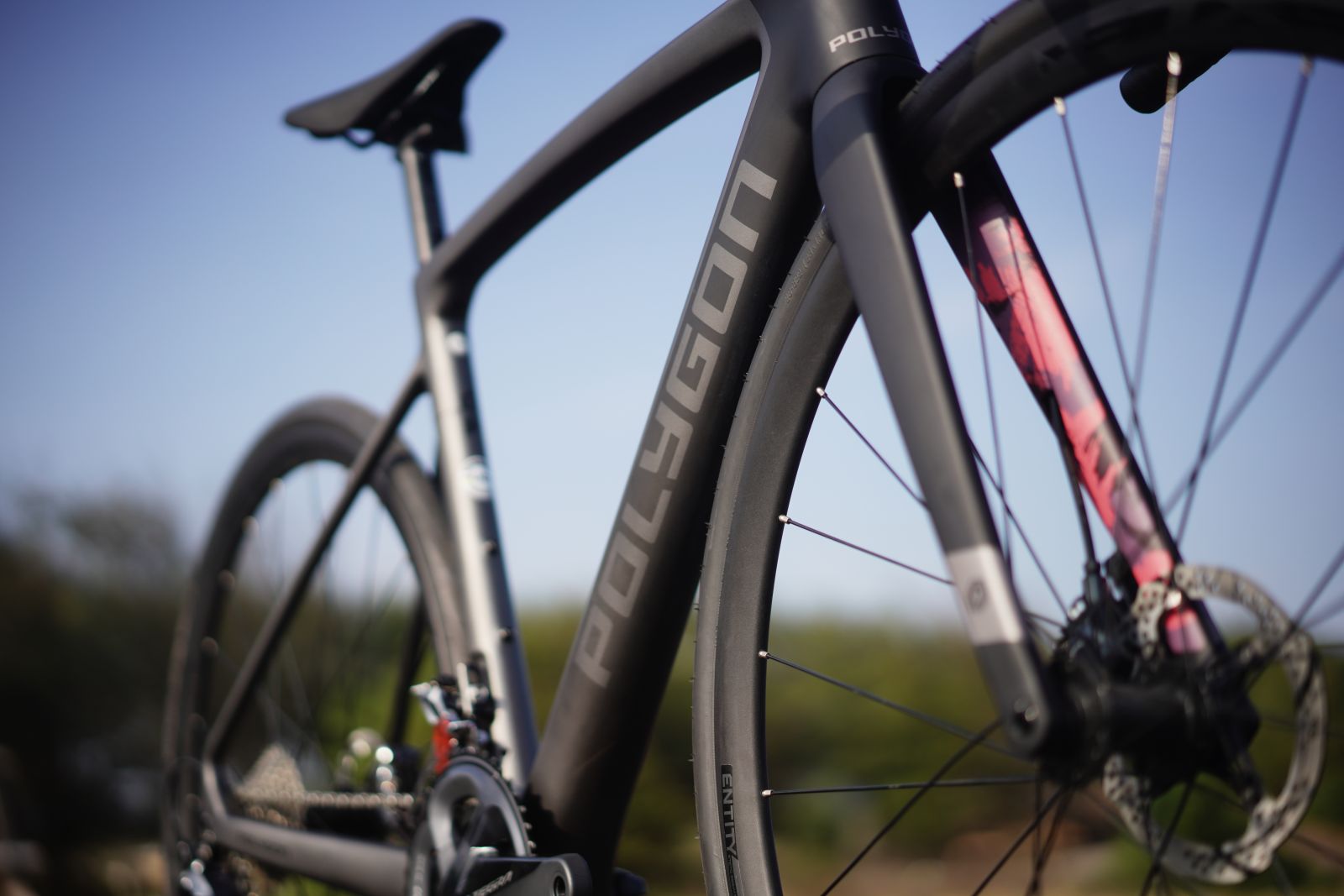
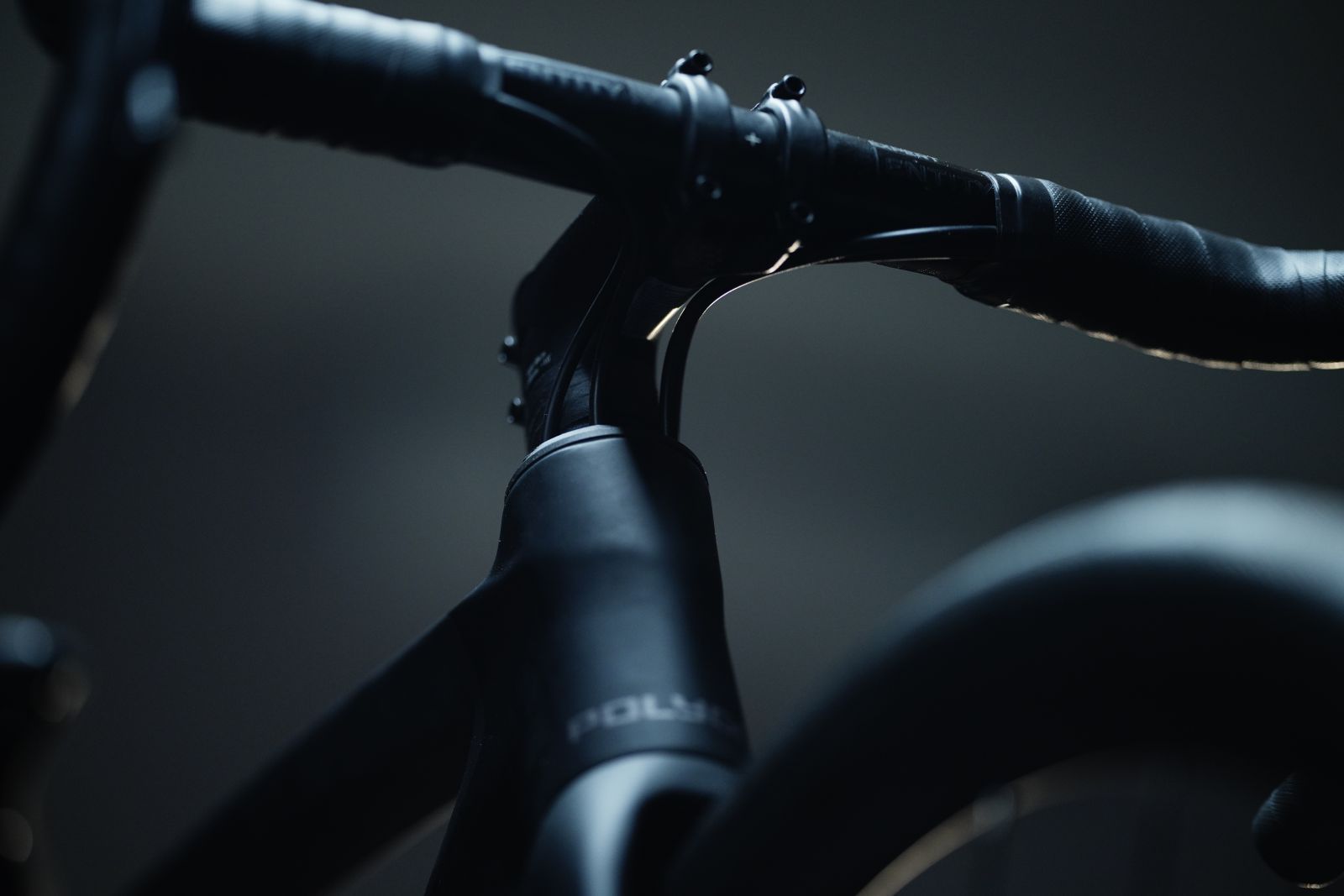
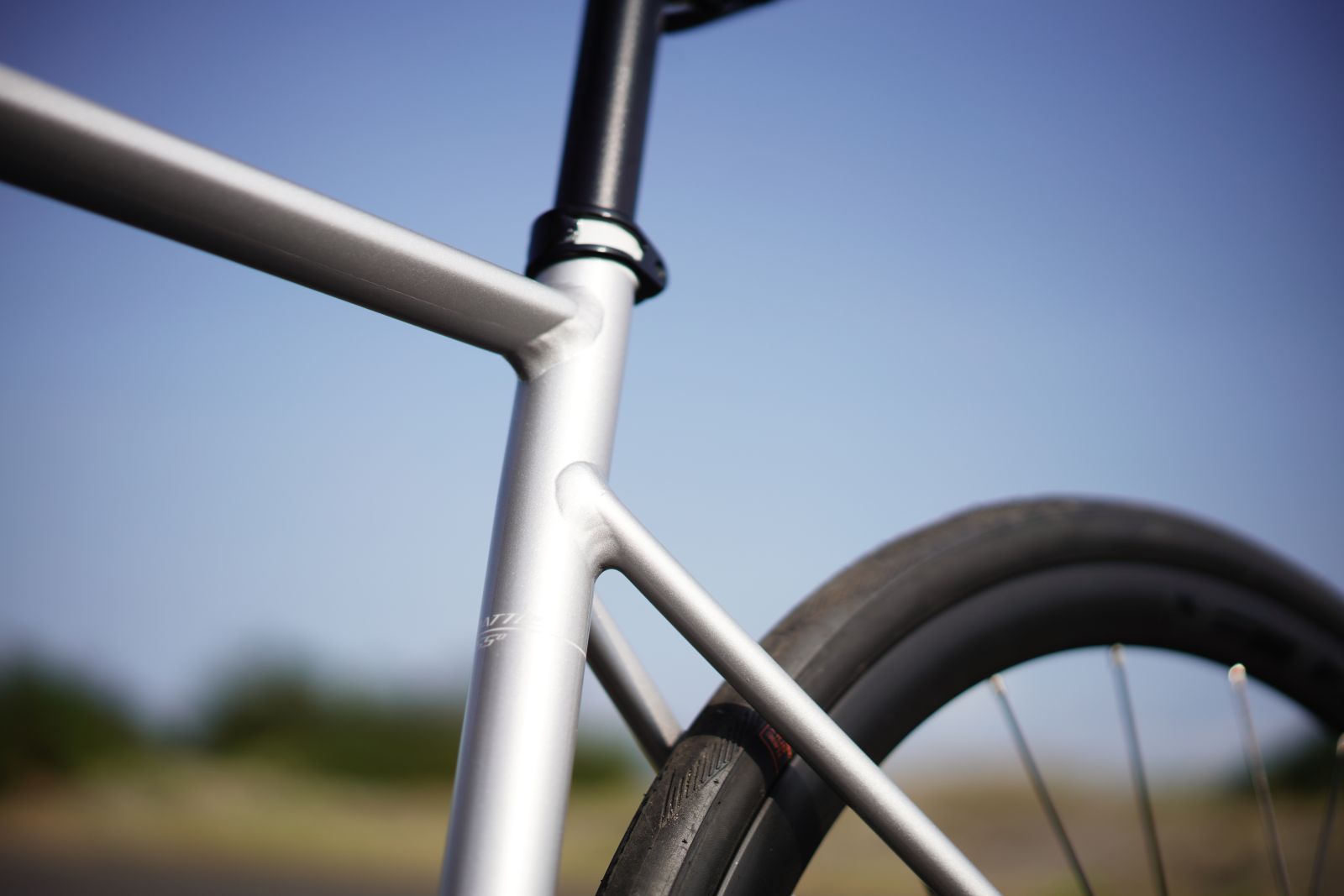
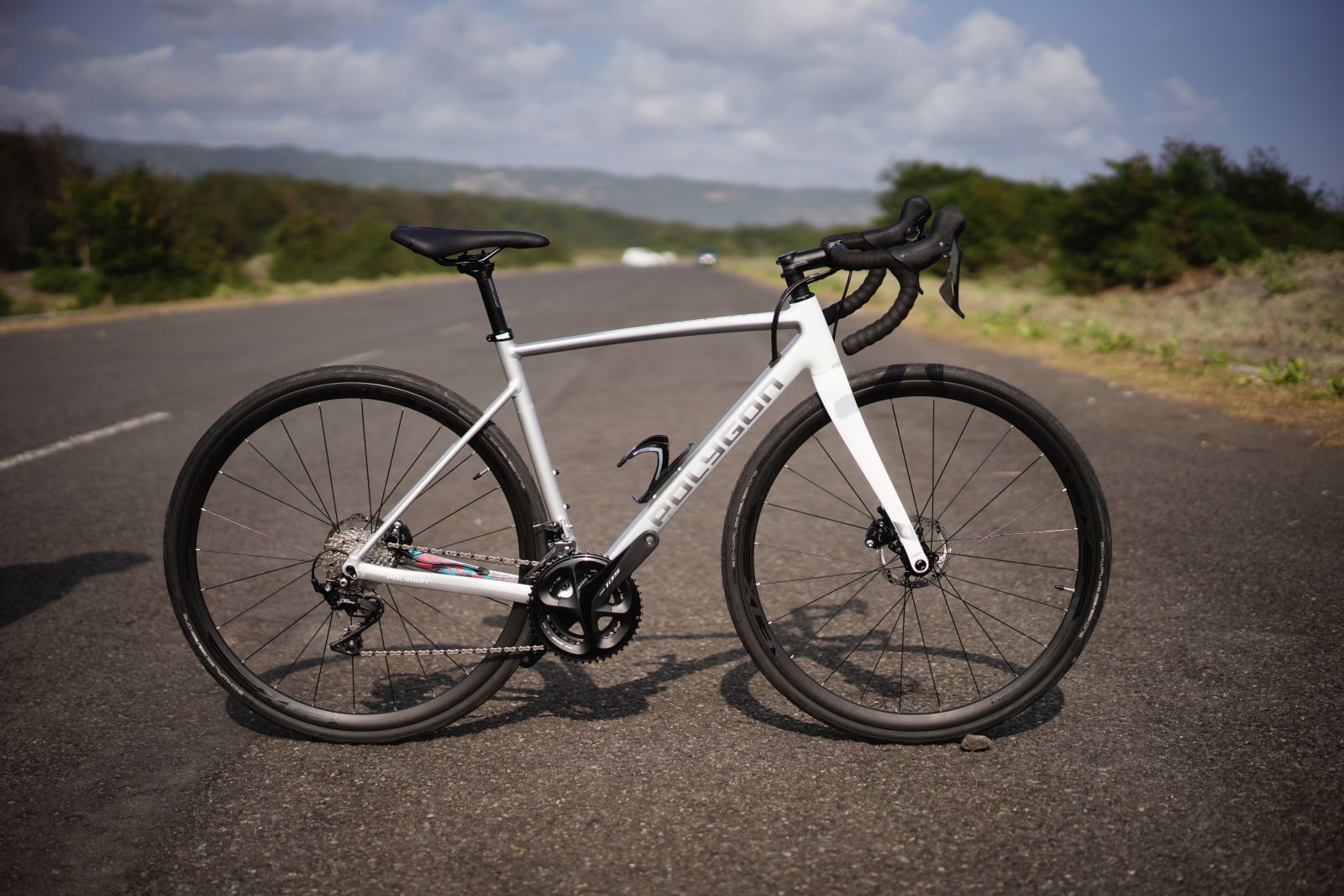
.JPG)

.jpeg)










